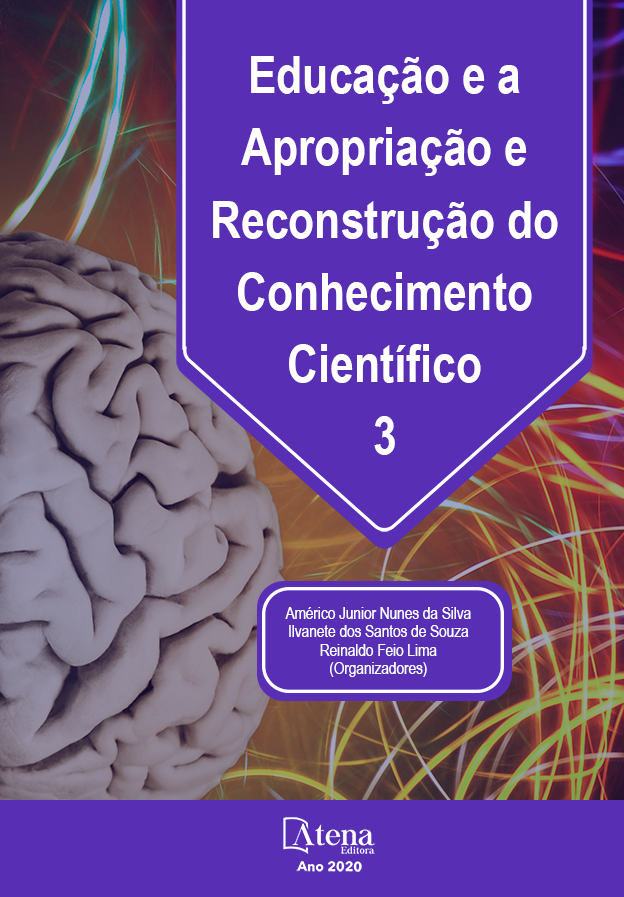
A EDUCAÇÃO PRIMÁRIA PAULISTA NO INÍCIO DA DÉCADA DE 1920: PERMANÊNCIAS E DESLOCAMENTOS NO IDEÁRIO DO ENSINO INTUITIVO
Este estudo é uma contribuição para a história da instrução primária do estado de São Paulo, nos anos iniciais da década de 1920, quando o método intuitivo sofreu significativa mudança de interpretação e surgiram deslocamentos operados no ideário da pedagogia intuitiva. Nesse período, ocorreu uma reforma da instrução pública nesse estado, idealizada por Sampaio Dória que pretendia combater o analfabetismo e difundir um novo modelo de organização do sistema escolar. As principais fontes utilizadas neste estudo são os Anuários do Ensino do Estado de São Paulo de 1920-1921, 1922 e 1923 os quais apresentam vestígios desses deslocamentos. Os documentos revelam que embora os reformadores permanecessem fiéis à adoção do método intuitivo, há indícios de incorporação de elementos característicos do futuro movimento escolanovista no Brasil.
A EDUCAÇÃO PRIMÁRIA PAULISTA NO INÍCIO DA DÉCADA DE 1920: PERMANÊNCIAS E DESLOCAMENTOS NO IDEÁRIO DO ENSINO INTUITIVO
-
DOI: 10.22533/at.ed.09620271116
-
Palavras-chave: Instrução Primária. Anuários do Ensino do Estado de São Paulo. Método Intuitivo.
-
Keywords: Primary Education. Anuários do Ensino do Estado de São Paulo. Intuitive Method.
-
Abstract:
This study is a contribution to the history of the primary education in the state of São Paulo, in the early years of the 1920s, when the intuitive method underwent a significant change in interpretation and shifts occurred in the ideology of intuitive pedagogy. During this period, there was a reform of public education in that state, idealized by Sampaio Dória, who intended to combat illiteracy and spread a new model of organization in the school system. The main sources used in this study are the Anuários do Ensino do Estado de São Paulo of 1920-1921, 1922 and 1923 which present traces of these displacements. The documents reveal that although the reformers remained faithful to the adoption of the intuitive method, there are signs of incorporating elements characteristic of the future escolovista movement in Brazil.
-
Número de páginas: 12
- Aparecida Rodrigues Silva Duarte


